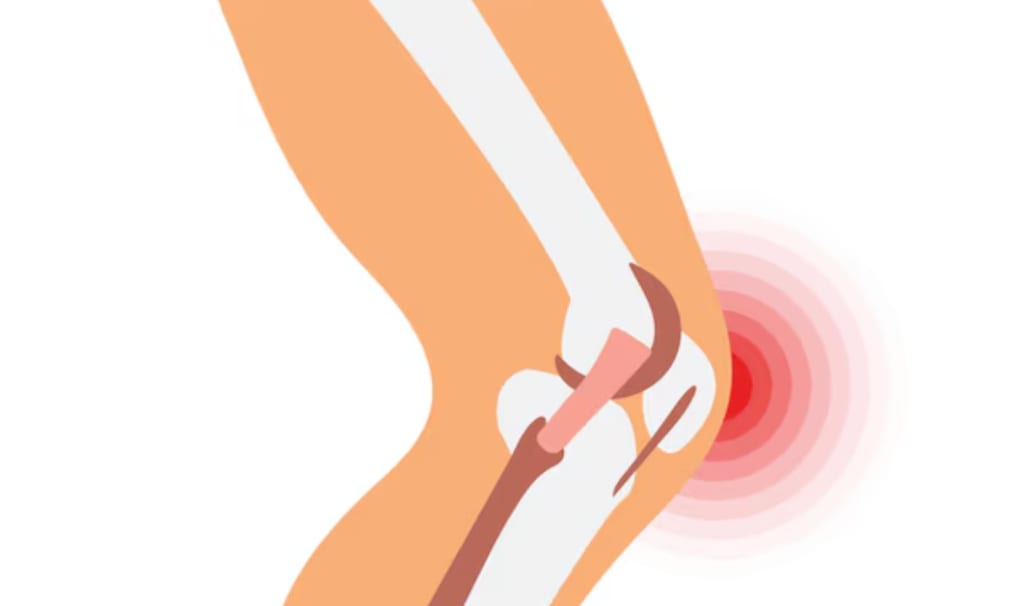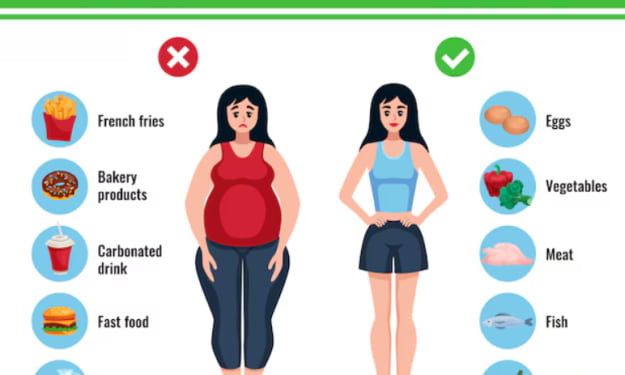How can I reduce inflammation in my joints?
reducing pain, inflammation, and discomfort in joint

## Title: **Alleviating Joint Pain and Inflammation: A Holistic Approach to Joint Health**
Joint pain and inflammation can significantly impact daily life, making even the simplest tasks challenging. Whether it's the result of arthritis, injury, or general wear and tear, managing these symptoms is crucial for maintaining mobility and quality of life. This blog explores various strategies—ranging from lifestyle changes and dietary adjustments to medical interventions and alternative therapies—to reduce pain, inflammation, and discomfort in the joints.
### Understanding Joint Pain and Inflammation
Before diving into the remedies, it's essential to understand the underlying causes of joint pain and inflammation:
- **Osteoarthritis**: A degenerative joint disease that results from the breakdown of cartilage.
- **Rheumatoid Arthritis**: An autoimmune condition where the immune system attacks the joints.
- **Injuries**: Trauma or overuse can lead to joint damage and inflammation.
- **Gout**: A form of arthritis caused by the accumulation of uric acid crystals in the joints.
- **Bursitis**: Inflammation of the bursae, the fluid-filled sacs that cushion the joints.
### Lifestyle Modifications
1. **Weight Management**: Excess weight puts additional stress on weight-bearing joints like the knees and hips. Losing even a small amount of weight can significantly reduce pain and improve joint function.
2. **Exercise Regularly**: Engage in low-impact exercises such as swimming, cycling, or yoga. These activities strengthen the muscles around the joints, improve flexibility, and reduce stiffness.
3. **Proper Posture**: Maintain good posture while sitting, standing, and moving. This reduces undue stress on your joints and helps prevent further injury.
4. **Adequate Rest**: Allow your joints to rest and recover, especially after physical activity. Overuse can exacerbate inflammation and pain.
### Dietary Adjustments
1. **Anti-Inflammatory Foods**: Incorporate foods rich in omega-3 fatty acids, such as salmon, walnuts, and flaxseeds. These help reduce inflammation.
2. **Antioxidant-Rich Foods**: Consume plenty of fruits and vegetables, particularly those high in antioxidants like berries, spinach, and broccoli. Antioxidants help combat oxidative stress, which can worsen inflammation.
3. **Avoid Pro-Inflammatory Foods**: Limit the intake of processed foods, refined sugars, and red meats. These can contribute to inflammation and exacerbate joint pain.
4. **Hydration**: Staying well-hydrated keeps your joints lubricated and functioning properly. Aim to drink at least eight glasses of water a day.
### Supplements
1. **Glucosamine and Chondroitin**: These supplements are often used to support cartilage health and reduce pain in osteoarthritis.
2. **Turmeric (Curcumin)**: Known for its potent anti-inflammatory properties, turmeric can be a natural way to reduce joint pain and inflammation.
3. **Omega-3 Fatty Acids**: If you're not getting enough omega-3s from your diet, consider taking a fish oil supplement.
4. **Vitamin D**: Deficiency in Vitamin D can lead to joint pain. Ensure adequate intake through sunlight exposure, diet, or supplements.
### Medical Interventions
1. **Medications**: Over-the-counter pain relievers like ibuprofen and acetaminophen can provide relief. For more severe cases, prescription medications might be necessary.
2. **Physical Therapy**: A physical therapist can develop a personalized exercise plan to strengthen the muscles around your joints and improve your range of motion.
3. **Corticosteroid Injections**: For severe inflammation, corticosteroid injections can provide quick relief, although they are not suitable for long-term use.
4. **Surgery**: In cases where joint damage is severe, surgical options like joint replacement may be considered.
### Alternative Therapies
1. **Acupuncture**: This traditional Chinese medicine technique involves inserting thin needles into specific points on the body. It may help reduce pain and improve joint function.
2. **Massage Therapy**: Regular massage can help reduce muscle tension around the joints, improve circulation, and promote relaxation.
3. **Chiropractic Care**: Chiropractors can adjust the spine and joints to relieve pain and improve mobility.
4. **Herbal Remedies**: Herbs like ginger and Boswellia have anti-inflammatory properties and can be used to manage joint pain.
### Mind-Body Practices
1. **Yoga and Tai Chi**: These practices combine gentle movement, stretching, and meditation to improve joint flexibility, reduce stress, and enhance overall well-being.
2. **Meditation and Mindfulness**: Reducing stress through mindfulness and meditation can lower inflammation and improve pain management.
3. **Breathing Exercises**: Deep breathing techniques can help manage pain and reduce the perception of discomfort.
### Conclusion
Managing joint pain and inflammation requires a comprehensive approach that combines lifestyle modifications, dietary adjustments, medical treatments, and alternative therapies. By understanding the root causes and adopting a holistic approach, you can significantly reduce pain and discomfort, improve your quality of life, and keep your joints healthy and functional for years to come.
## Title: **Effective Strategies to Reduce Inflammation in Your Joints**
Joint inflammation is a common issue that can lead to discomfort, reduced mobility, and decreased quality of life. Whether it’s due to arthritis, injury, or overuse, chronic inflammation can make everyday activities challenging. Fortunately, there are several ways to reduce joint inflammation and improve joint health. This blog post will explore practical tips and strategies to help you manage and reduce inflammation in your joints effectively.
### Understanding Joint Inflammation
Inflammation is the body’s natural response to injury or illness, aimed at protecting and healing the affected area. However, when inflammation becomes chronic, it can cause persistent pain and damage to the joints. Common conditions associated with joint inflammation include:
- **Osteoarthritis**: Degenerative joint disease caused by wear and tear of cartilage.
- **Rheumatoid Arthritis**: An autoimmune disorder where the immune system attacks joint tissues.
- **Gout**: Inflammation caused by the accumulation of uric acid crystals in the joints.
- **Bursitis**: Inflammation of the fluid-filled sacs (bursae) that cushion the joints.
### Dietary Adjustments to Reduce Inflammation
1. **Incorporate Anti-Inflammatory Foods**
- **Omega-3 Fatty Acids**: Found in fatty fish (like salmon and sardines), walnuts, and flaxseeds, omega-3s are known for their anti-inflammatory properties.
- **Fruits and Vegetables**: Particularly those rich in antioxidants, such as berries, leafy greens, and colorful vegetables. These help neutralize free radicals and reduce inflammation.
- **Whole Grains**: Opt for whole grains like oats, quinoa, and brown rice instead of refined grains. They have lower glycemic indices and reduce inflammation markers.
- **Nuts and Seeds**: Almonds, chia seeds, and flaxseeds are excellent sources of anti-inflammatory fats and antioxidants.
2. **Avoid Pro-Inflammatory Foods**
- **Processed Foods**: Foods high in sugar, trans fats, and refined carbohydrates can increase inflammation.
- **Red and Processed Meats**: These are associated with higher levels of inflammatory markers.
- **Excessive Alcohol**: Alcohol can increase inflammation, especially if consumed in large amounts.
3. **Stay Hydrated**
- Drinking enough water is crucial for joint lubrication and overall inflammation reduction. Aim for at least 8 glasses of water a day.
### Lifestyle Changes for Joint Health
1. **Maintain a Healthy Weight**
- Extra weight puts more pressure on your joints, particularly the knees, hips, and lower back. Losing even a small amount of weight can significantly reduce joint stress and inflammation.
2. **Engage in Regular Exercise**
- **Low-Impact Activities**: Swimming, cycling, and walking are gentle on the joints and help improve flexibility and strength.
- **Strength Training**: Building muscle around the joints provides better support and reduces the load on the joints.
- **Stretching**: Regular stretching exercises enhance flexibility and reduce stiffness.
3. **Prioritize Rest and Recovery**
- Allowing time for your joints to rest is essential, especially after physical activity. Overuse can exacerbate inflammation and pain.
4. **Improve Your Posture**
- Good posture reduces undue stress on your joints. Practice maintaining a neutral spine position and avoid slouching or hunching over.
### Natural Supplements for Inflammation
1. **Turmeric (Curcumin)**
- Turmeric is renowned for its anti-inflammatory properties. Curcumin, its active ingredient, can help reduce joint inflammation and pain.
2. **Glucosamine and Chondroitin**
- These supplements support cartilage health and are commonly used to manage symptoms of osteoarthritis.
3. **Omega-3 Supplements**
- If you’re not getting enough omega-3s from your diet, consider taking fish oil or algal oil supplements.
4. **Boswellia Serrata**
- Also known as Indian frankincense, Boswellia has anti-inflammatory effects that can help reduce joint pain and improve mobility.
### Medical and Therapeutic Interventions
1. **Over-the-Counter Medications**
- Nonsteroidal anti-inflammatory drugs (NSAIDs) like ibuprofen and naproxen can provide relief from inflammation and pain.
2. **Physical Therapy**
- A physical therapist can design a personalized exercise program to strengthen the muscles around your joints and improve range of motion.
3. **Corticosteroid Injections**
- For severe inflammation, corticosteroid injections can offer significant relief. However, they should not be used frequently due to potential side effects.
4. **Alternative Therapies**
- **Acupuncture**: Inserting thin needles at specific points may help reduce pain and inflammation.
- **Massage Therapy**: Regular massage can improve circulation and reduce muscle tension around the joints.
### Mind-Body Practices
1. **Yoga and Tai Chi**
- These gentle, low-impact exercises enhance flexibility, reduce stress, and improve overall joint function.
2. **Meditation and Mindfulness**
- Practicing mindfulness can lower stress and inflammation levels, contributing to overall joint health.
3. **Breathing Exercises**
- Deep breathing techniques can help manage pain and promote relaxation.Phytocet Reviews
### Conclusion
Reducing joint inflammation involves a comprehensive approach that includes dietary changes, lifestyle modifications, natural supplements, and medical interventions. By adopting these strategies, you can effectively manage inflammation, alleviate pain, and improve your overall joint health. Remember to consult with a healthcare professional to develop a personalized plan that best suits your needs.
About the Creator
peter
Content about cars, motorbikes, technology, news
Enjoyed the story? Support the Creator.
Subscribe for free to receive all their stories in your feed. You could also pledge your support or give them a one-off tip, letting them know you appreciate their work.






Comments (1)
well written